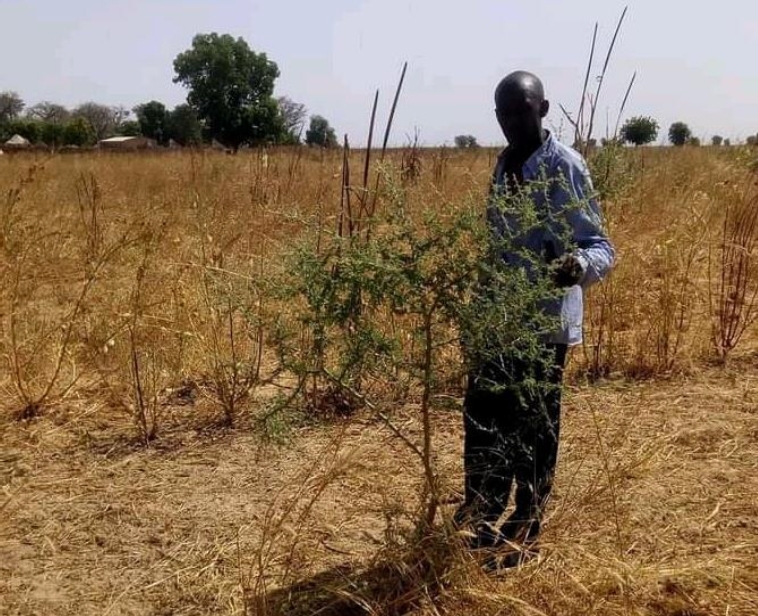
Senegal has initiated many reforestation programmes which, in the end, have not produced the expected results. Indeed, these reforestation programmes were initially conceived as responses to the phenomenon of environmental degradation of natural resources and the disappearance or rarefaction of certain forest and animal species (wild boars, monkeys, hares, guinea fowl, hyenas, etc.).
Despite the persistence of such programmes, the population continues to suffer the effects of the deterioration of ecosystems, thus affecting agricultural production, the environnent and the atmosphere.
The solution was the use of Assisted Natural Regeneration (ANR). This practice consists of cutting off the lateral branches to keep only the main stems of the protected subject. It allows a better allocation of nutrients to the retained stems, thus boosting their growth.
To implement this strategy, it was necessary to inform and sensitise the actors. Two important stages were followed: